Race and Ethnicity: African American - Starting with H
Hadley, Nat (Reported Lynching of)
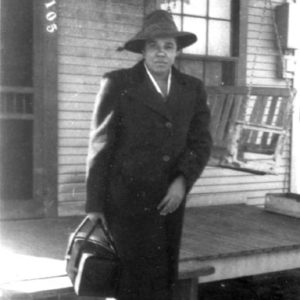 Mamie Hale
Mamie Hale
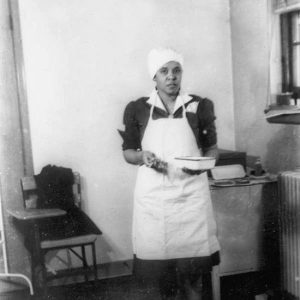 Mamie Hale
Mamie Hale
Haley, George Williford Boyce
Haley, Loy (Lynching of)
Hall-Trujillo, Kathryn
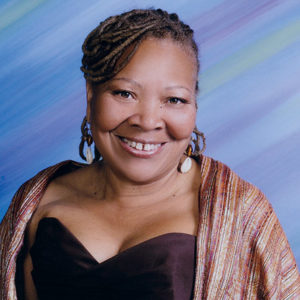 Kathryn Hall-Trujillo
Kathryn Hall-Trujillo
Hall, David
Hall, Frank (Execution of)
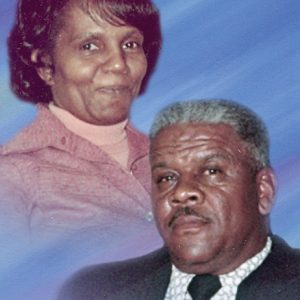 Estella and Knoxie Hall Sr.
Estella and Knoxie Hall Sr.
 William Sterling Hall
William Sterling Hall
Hall, William Sterling
Hallelujah
 Hallelujah Stamp
Hallelujah Stamp
 Lawrence Hamilton
Lawrence Hamilton
Hamilton, Lawrence Olivier
Hampton Lynching of 1872
Hampton Race War of 1892
aka: Calhoun County Race War of 1892
Hampton, Sybil Jordan
 Sybil Hampton
Sybil Hampton
Handy, Delores
 Delores Handy
Delores Handy
Harper, John (Execution of)
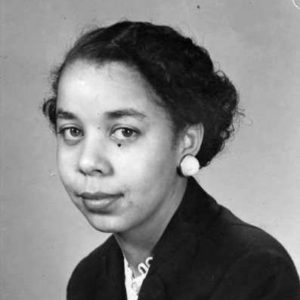 Alice N. Harris
Alice N. Harris
Harris, E. Lynn
aka: Everette Lynn Harris
 E. Lynn Harris
E. Lynn Harris
Harris, Ernest James
 Ernest Harris
Ernest Harris
Harris, Frank (Lynching of)
Harris, George (Lynching of)
Harris, Gilbert (Lynching of)
Harris, Jack (Lynching of)
Harrison Race Riots of 1905 and 1909
aka: Charles Stinnett (Execution of)
Harrison, John Henry (Lawsuits Relating to the Lynching of)
Harrison, John Henry (Lynching of)
Hartman, Ena
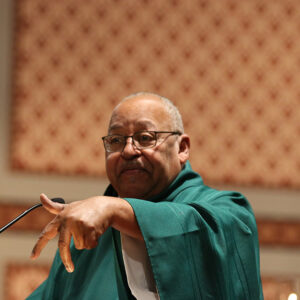 Warren L. Harvey at MLK Mass
Warren L. Harvey at MLK Mass
Hathaway, Isaac Scott
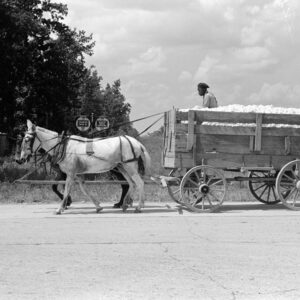 Hauling Cotton
Hauling Cotton
Haven of Rest Cemetery
Havis, Ferd
aka: Ferdinand Havis
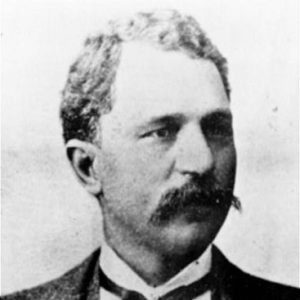 Ferd Havis
Ferd Havis
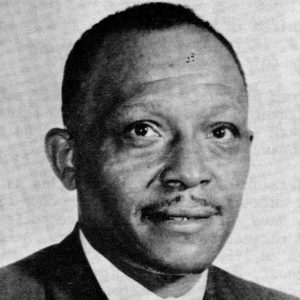 Edwin L. Hawkins
Edwin L. Hawkins
Hawkins, Edwin Luther, Sr.
Hayden, Bud (Lynching of)
Hayes, Morris Kevin
 Morris Hayes
Morris Hayes




